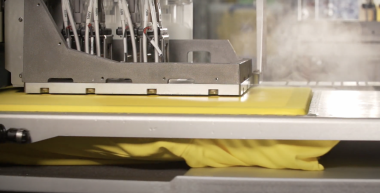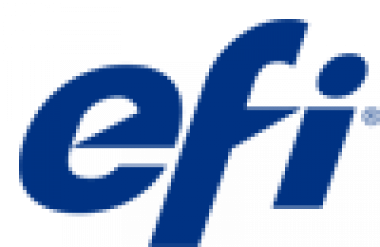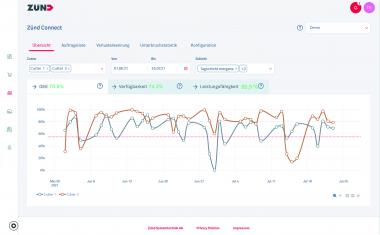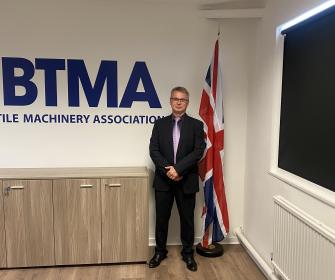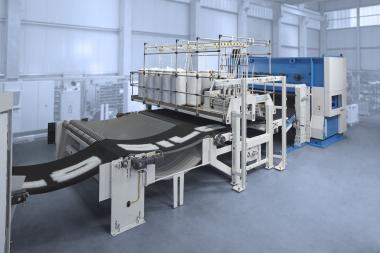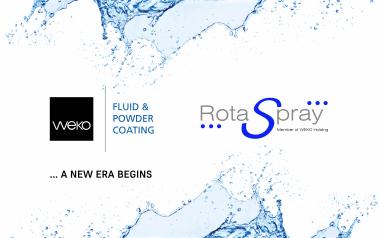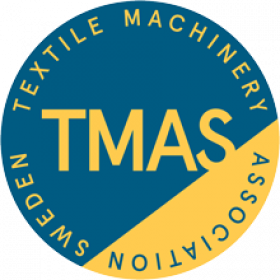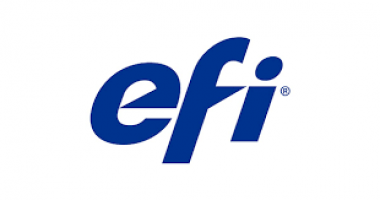Fotorealistische Sportbekleidung On-Demand
- FLYERALARM sports nutzt Kornit Avalanche Poly Pro
Kornit Digital, ein weltweiter Marktführer im Bereich digitaler Textildrucktechnologie, gab bekannt, dass das deutsche Unternehmen FLYERALARM sports eine Kornit Avalanche Poly Pro implementiert hat, um die Design- und Funktionsmöglichkeiten für die On-Demand-Produktion seiner beliebten Sportbekleidungslinie zu erweitern.
FLYERALARM ist eine der größten E-Commerce-Marken in Deutschland und einer der führenden Online-Druckanbieter in Europa. Die Tochtergesellschaft FLYERALARM sports erweitert den Marktanteil des Unternehmens im Bereich Textildruck und nutzt die nachhaltige Direct-to-Garment-Lösung von Kornit Digital, um eine Ende-zu-Ende-Digitalisierung für ein durchgängiges Nutzererlebnis, eine agile Produktion für neue Produktanforderungen sowie ein abfallfreies Vertriebsmodell zu erreichen.
FLYERALARM sports entschied sich für die On-Demand-Technologie von Kornit weil sie fotorealistische Druckqualitäten mit dem Digitaldruck auf Polyester liefert und mit der E-Commerce-Plattform der Marke kompatibel ist. Vereine und Einzelsportler laden ihr Wunschmotiv in den Online-Teamshop hoch und erhalten dann individuelle Trikots, Shirts und Trainingsanzüge aus weißem oder farbigem Polyestermaterial. Kleine Auflagen werden praktisch ohne Einrichtungsaufwand und -kosten erfüllt, und jeder Auftrag ist profitabel, da die Produktionskosten konstant sind.
Kornit Digital


